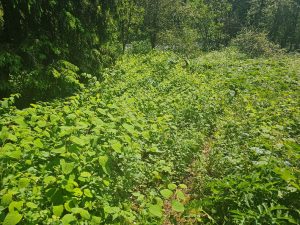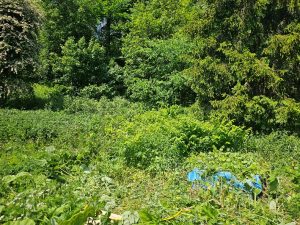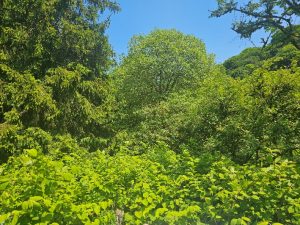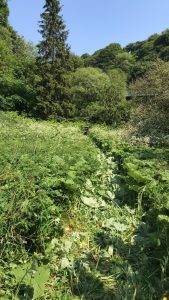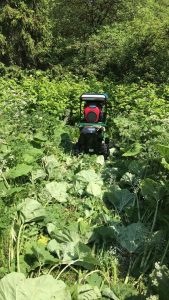Location
Nestlé Waters UK is working with Derbyshire Wildlife Trust to restore an area of Buxton to meadowland.
The Cowdale Quarry will be managed by the Trust on behalf of the water company to regenerate it back to its natural habitat.
The 36-hectare land, approximately 90 acres, owned by Nestlé Waters UK, is just under a mile east from Buxton town on the site of an old quarry, dating back to at least 1600, and includes a grassland in the quarry floor with rock faces where rare limestone-loving plants can thrive and birds including ravens and peregrines could make future homes. The site, made up of meadows and pastures, is hoped to provide more homes for Derbyshire’s birds, mammals and flowers.
Recent surveys by the Trust found plants growing rarely found in Derbyshire including quaking grass, harebell, rock-rose and the melancholy thistle, and it is hoped birds such as the song thrush, and local rare plant, the mountain currant, could soon find a home in the area.
Protecting and regenerating the land is part of the vital work Nestlé Waters has been doing in the area to protect the local water cycles for future generations. The extended partnership with the Trust, adopting wild land management, will ensure the land is cared for in a chemical-free manner.
The Nestlé Waters’ vision for Cowdale is to increase species diversity, allow common and rare species to flourish as well as enable the regeneration of existing habitats and the creation of new ones.
The project forms part of Nestlé’s commitment to regenerating and restoring the planet’s resources. Last year Nestlé Waters facility in Buxton was the first site in the UK to achieve the prestigious Alliance for Water Stewardship (AWS) Standard certification with platinum status for outstanding commitment to responsible water policies and initiatives.
Buxton Advertiser news article here
Nestle media article here
Invasive weed present: Japanese Knotweed
Information
Japanese knotweed has been identified in 1 large area right at the edge of the Cowdale site next to a road and underneath a railway bridge.
The affected area is approximately 0.22 acres of substantial Japanese Knotweed which is a high fed water location and ideal ground for Japanese Knotweed to flourish. There are lots of other flora and the site is to be maintained in a totally green strategy with non-chemical processes whatsoever.
Risks
Where Japanese Knotweed is left to grow unhindered in the wild, it can spread exponentially and cause havoc and in turn be extremely difficult to control. The use of herbicides is a control method that will for the best part stop the Japanese Knotweed spreading further with speed, but will require consistent applications of herbicide to control and is highly unlikely it would be eradicated.
A busy road runs alongside the affected area with no pavement or easement, and the site has a partial old stone wall, a services building, trees and other flora and is below a railway bridge.
Solution
Thermo-electric eradication is new to the UK, albeit this technology has been used on a wide scale across Europe for decades and has proven itself in virtually all types of applications including Japanese Knotweed and many invasive plant species and general weed control including within an agricultural setting.
Unlike herbicidal treatments which in many cases only controls the growth of Japanese Knotweed and reduces the visual display of the knotweed above ground and tends to send the rhizomes into dormancy, thermo-electric treatment delivers up to 5000 volts directly to the stems and crowns of the knotweed, which travels throughout the extensive rhizome roots and effectively boils the weed inside out, destroying its cell structure and making it impossible to regrow.
While it is expected that numerous visits and thermos-electric treatments will be required to ensure effective destruction of the entire weed and root system, there are no chemicals used which can damage other vegetation or wildlife in the area and can pose health risks to humans, especially children and pets and also various forms of wildlife and can affect the ecosystem within the soil for many years.
Given the true intentions for the Cowdale site thermo-electric delivery poses none of the risks association with chemical treatment, and is suitable for all areas affected by Japanese Knotweed, even more so to this site to restore and maintain a totally natural habitat.


